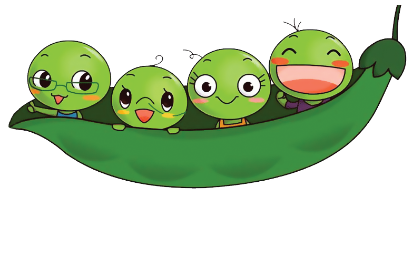APPENDIX 6: Typical Development & Reflexes
Table 22: Developmental and Oral Motor Skills Associated with Feeding Progression and Normal Oral Reflexes
|
The following is a guide reflecting typical development. Not all children will progress systematically though each age group. |
|
Age Group |
Progression of Liquid and Food |
Oral Sensorimotor Function |
Development Skill |
Reflex |
|
0 to 4 months |
|
|
|
Rooting (32-37 weeks gestation to 3-6 mos.)
Sucking (18 weeks gestation to 4-5 mos.)
Tongue Protrusion (38-40 weeks gestation to 4-6 mos.)
Transverse Tongue (28 weeks gestation to 6-9 mos.)
Phasic bite (28 weeks gestation to 9-12 mos.)
Gag (26-27 weeks gestation and through life)
Cough (35-40 weeks gestation and through life) |
|
4 to 6 months |
|
|
|
|
|
7 to 8 months |
|
|
|
|
|
8 to 9 months |
|
|
|
|
|
9 to 12 months |
|
|
|
|
|
12 to 18 months |
|
|
|
|
|
18 to 24 months |
|
|
|
|
|
24 months and above |
|
|
|
(NSW Office of Kids and Families, 2016)
